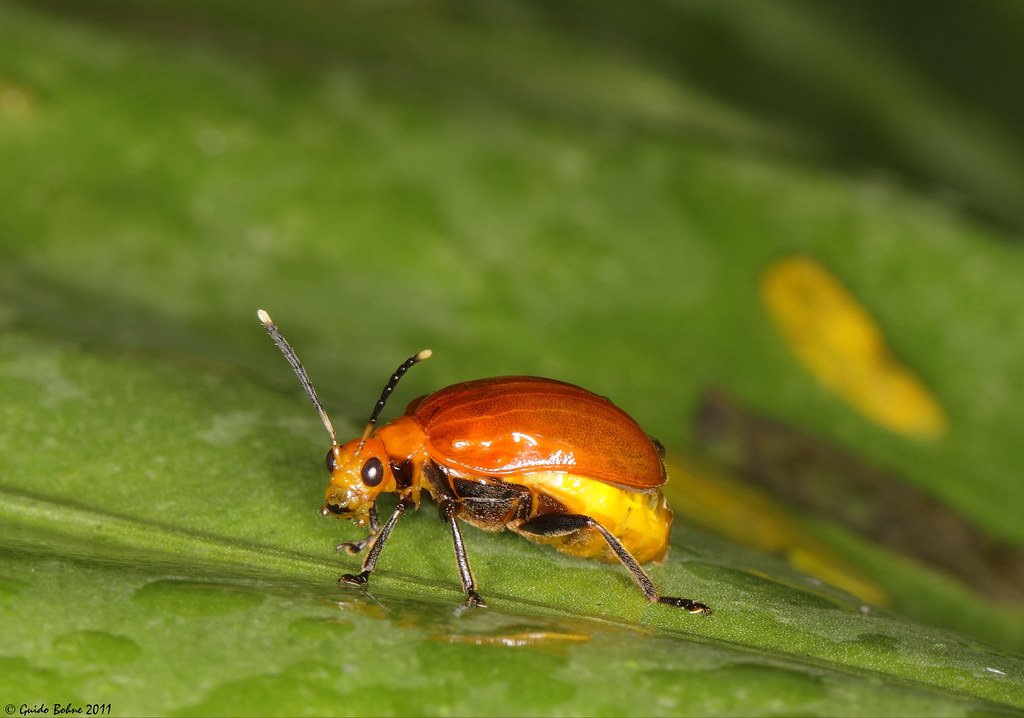Imagine stepping behind the velvet ropes of a natural history museum, into a private back room where the secrets of preservation are kept. Here, you won’t find old brushes or harsh chemicals—what you’ll discover is far more alive and astonishing. In rows of glass tanks and plastic boxes, an army of flesh-eating beetles is hard at work, stripping skeletons clean with a precision that no human tool could match. These small creatures, known as dermestid beetles, hold the remarkable—and somewhat chilling—job of preparing specimens for science. Their appetite is legendary, their efficiency unmatched, and their story is one of nature’s most unexpected partnerships with humanity.
Meet the Dermestid Beetle: Nature’s Cleanup Crew
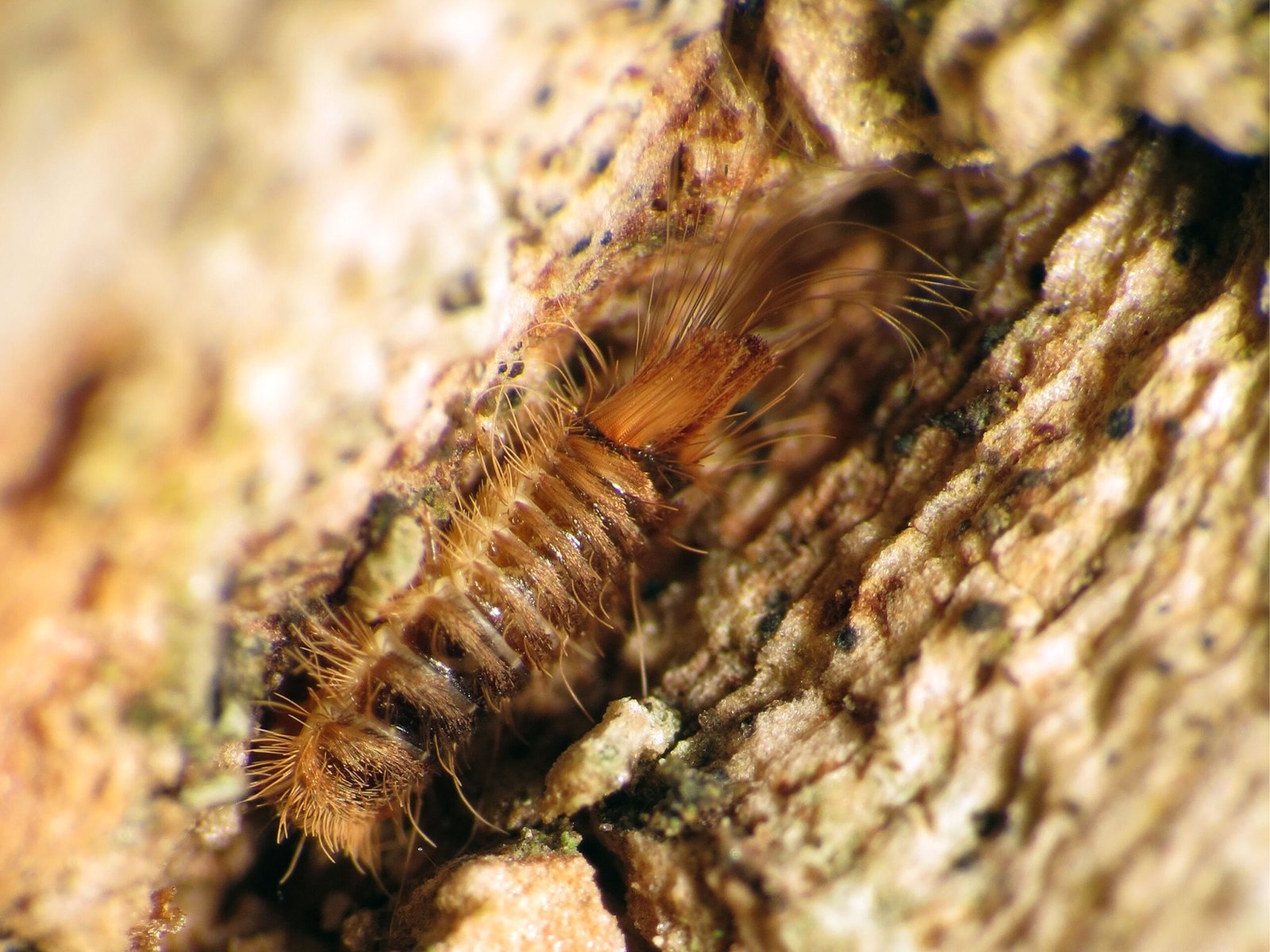
Dermestid beetles, sometimes called carpet beetles or skin beetles, are the unsung heroes behind many of the spotless skeletons displayed in museums worldwide. These insects belong to the family Dermestidae and have a unique taste for dried flesh and connective tissue. Unlike typical pests, dermestid beetles are celebrated in scientific circles for their ability to clean bones without damaging them. Their tiny jaws are gentle enough to leave the most delicate bone structures intact, from the paper-thin bones of a hummingbird to the intricate skull of a bat. This rare combination of hunger and precision makes them indispensable to museum curators and taxidermists alike.
How Beetles Do the Dirty Work

The process begins when museum staff place a carcass—already defleshed of most soft tissue—into a warm, humid tank filled with thousands of beetles. The beetles swarm over the specimen, feeding on every last scrap of muscle, skin, and sinew. They work tirelessly, sometimes cleaning a small animal in just days. Their tiny size allows them to reach crevices and cavities that human hands and tools simply cannot access. What emerges at the end is a skeleton as clean as if it had been picked by the wind itself. This method is not only effective but also surprisingly gentle, preserving the fragile details that are so important for scientific study.
The Science Behind Their Appetite
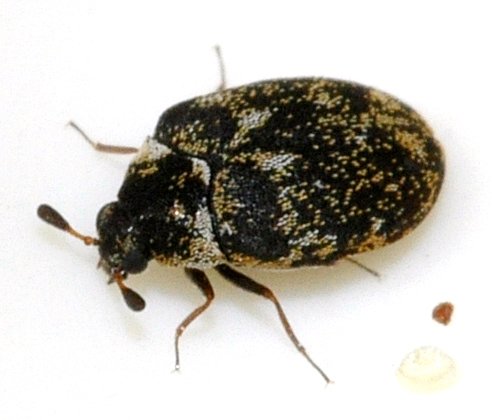
Why do dermestid beetles crave what most creatures avoid? The answer lies in their evolutionary history. In the wild, these beetles are decomposers, playing a crucial role in recycling dead animals back into the ecosystem. Their digestive systems are specially adapted to break down keratin and collagen—the tough proteins found in skin, ligaments, and feathers. This adaptation makes them perfectly suited to the task of cleaning bones without turning them to dust. Scientists have studied their enzymes in hopes of finding new ways to manage waste and even develop eco-friendly cleaning products.
From Wild Forests to Museum Basements
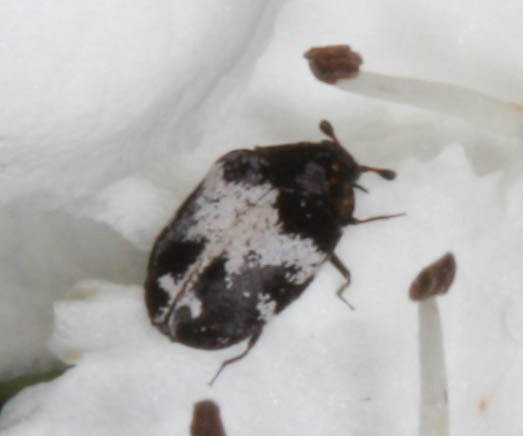
Dermestid beetles are found worldwide, thriving in forests, grasslands, and even urban environments where they feast on fallen animals. But their journey from wild scavengers to museum workers is a fascinating one. In controlled laboratory settings, curators breed and maintain colonies, carefully monitoring temperature and humidity to keep the beetles healthy and active. Each colony can contain tens of thousands of beetles, all working in unison. What once was a grisly task done by boiling or chemical baths is now a natural process, thanks to these industrious insects.
The Art of Skeleton Preparation

Preparing a skeleton isn’t as simple as letting beetles loose and walking away. Museum technicians must carefully prepare specimens before and after the beetles’ work. This includes removing as much flesh as possible to avoid overwhelming the colony, and later, delicately cleaning the bones of any remaining debris. The bones are then degreased and whitened, often using gentle hydrogen peroxide solutions. The process is both science and art, requiring skill, patience, and a deep respect for the subject.
Preserving History for Science and Education
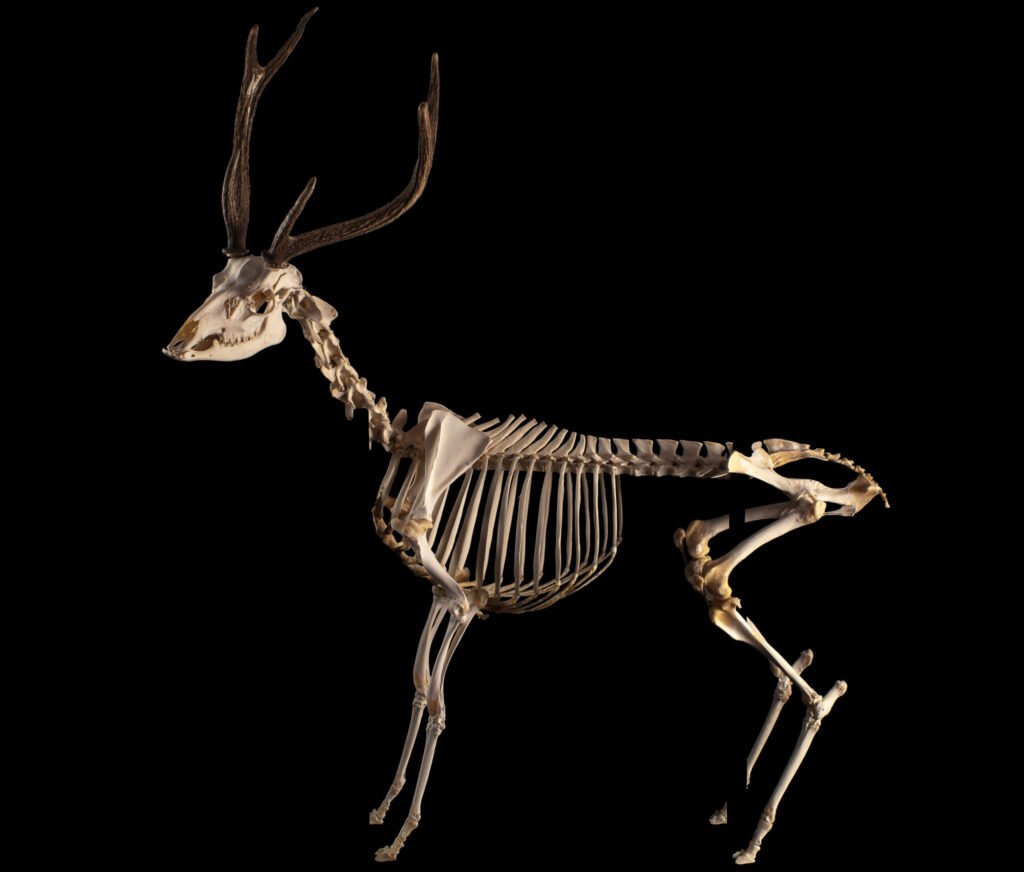
Each skeleton in a museum tells a story—about evolution, adaptation, and the diversity of life on Earth. Clean bones are essential for researchers who study anatomy, paleontology, and forensic science. Dermestid-cleaned skeletons retain every ridge, groove, and tiny hole, offering insights that would be lost with harsher cleaning methods. These specimens are also vital for artists, educators, and students who rely on accurate models for their work and studies. Without these beetles, the preservation of such fine details would be nearly impossible.
The Perks and Pitfalls of Beetle Cleaning
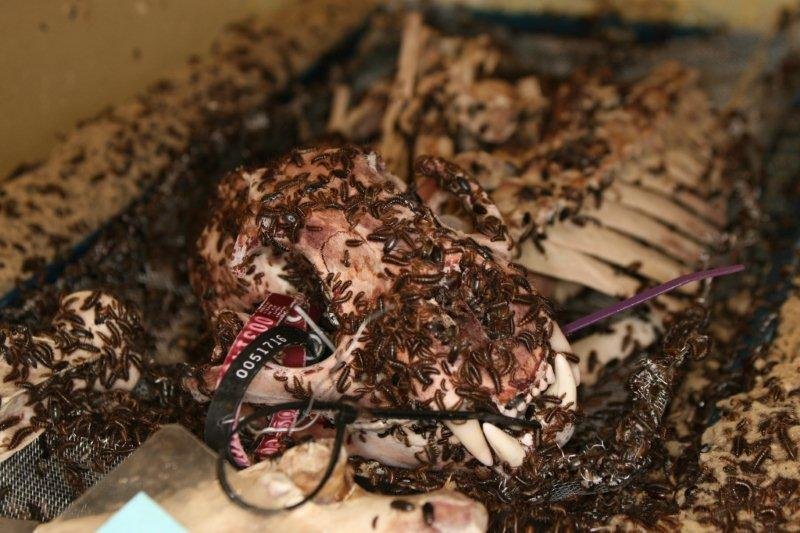
While dermestid beetles are invaluable, working with them is not without challenges. Their voracious appetites mean they must be carefully contained; a loose beetle can quickly turn a storage room into a disaster zone, devouring valuable specimens and even museum displays. The colonies must be meticulously managed to prevent infestations and bad odors, which can be overwhelming. Yet, for all their quirks, the benefits far outweigh the risks, and most museums wouldn’t dream of using any other method.
Unexpected Uses Beyond Museums

It’s not just the world’s great museums that benefit from dermestid beetles. Forensic scientists use beetle colonies to clean bones found at crime scenes or archaeological digs, preserving vital evidence. Some pet owners and taxidermists rely on them to prepare animal skeletons for study or display. Even artists have embraced beetle-cleaned bones as a medium for sculpture and jewelry. The beetles’ unique skillset has made them essential partners in fields as diverse as law enforcement, medicine, and art.
Real-Life Marvels: Notable Skeletons Cleaned by Beetles

Some of the world’s most famous skeletons have been prepared with the help of dermestid beetles. From the imposing skulls of lions and tigers to the delicate wings of rare birds, these beetles have cleaned specimens that now educate millions. One particularly dramatic example is the massive blue whale skeleton suspended in the lobby of the Natural History Museum in London—parts of this giant were meticulously cleaned by beetles before being assembled. Their work is everywhere, often unseen but always essential.
The Ethical Side of Bone Cleaning
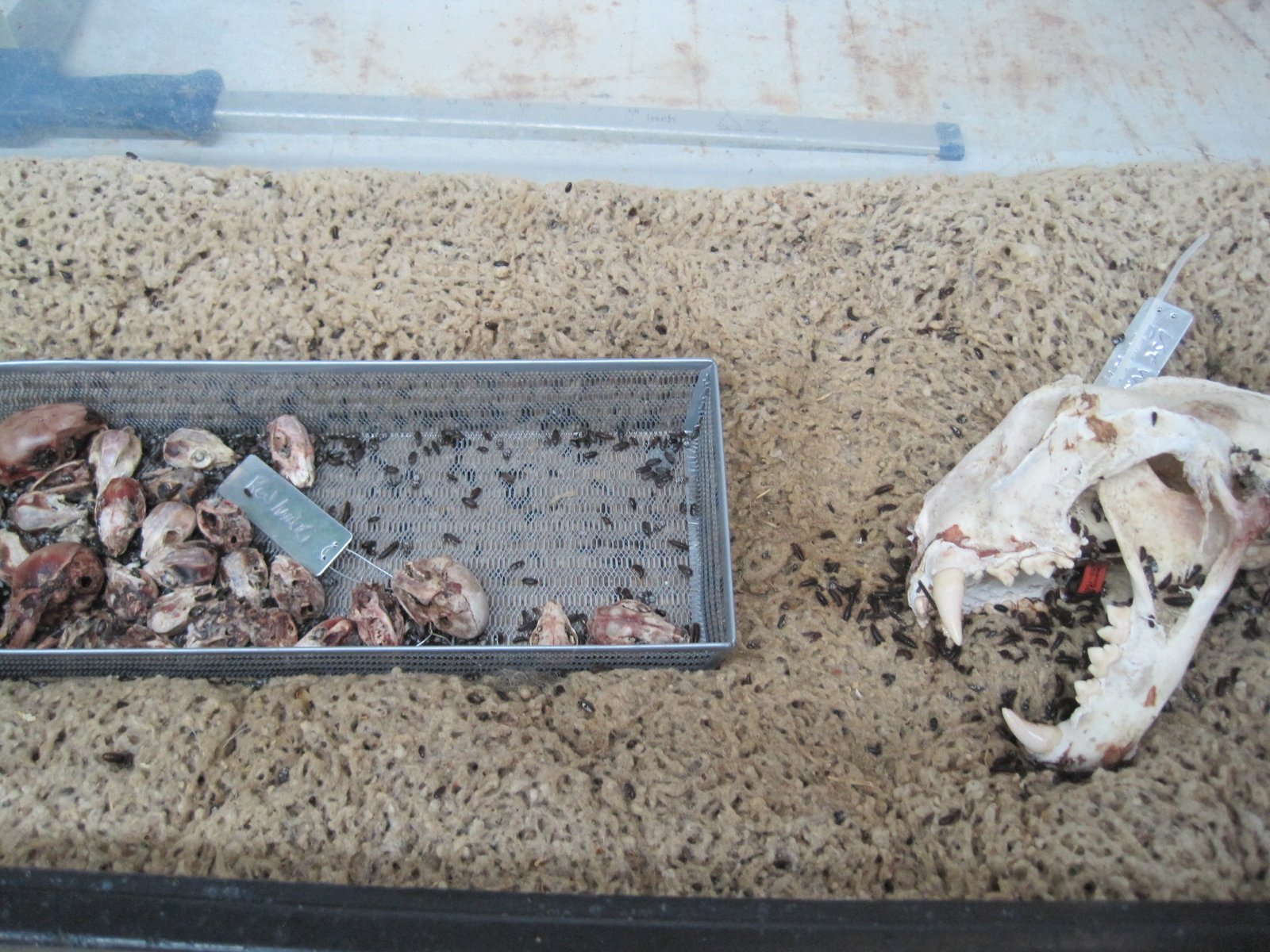
Using beetles is not just effective—it’s also more humane and environmentally friendly compared to traditional methods. Boiling or using harsh chemicals can destroy valuable DNA and damage bones, while beetle cleaning preserves both the structure and the genetic material. This allows scientists to conduct more accurate research, including genetic analysis and disease studies. The use of beetles is a testament to how natural solutions can often be the most sustainable and respectful choice, honoring both the animal and the science it serves.
What the Future Holds for Beetle Cleaners

As technology advances, the role of dermestid beetles may evolve, but it’s unlikely to disappear. Researchers are exploring ways to optimize beetle care and containment, and even studying beetle genetics for potential improvements. Some are experimenting with automation to support beetle colonies, making the process safer and more efficient. Despite these innovations, the humble beetle will likely remain at the heart of bone cleaning for years to come—a living bridge between nature and human curiosity.
The Lasting Impact of a Tiny Beetle Army
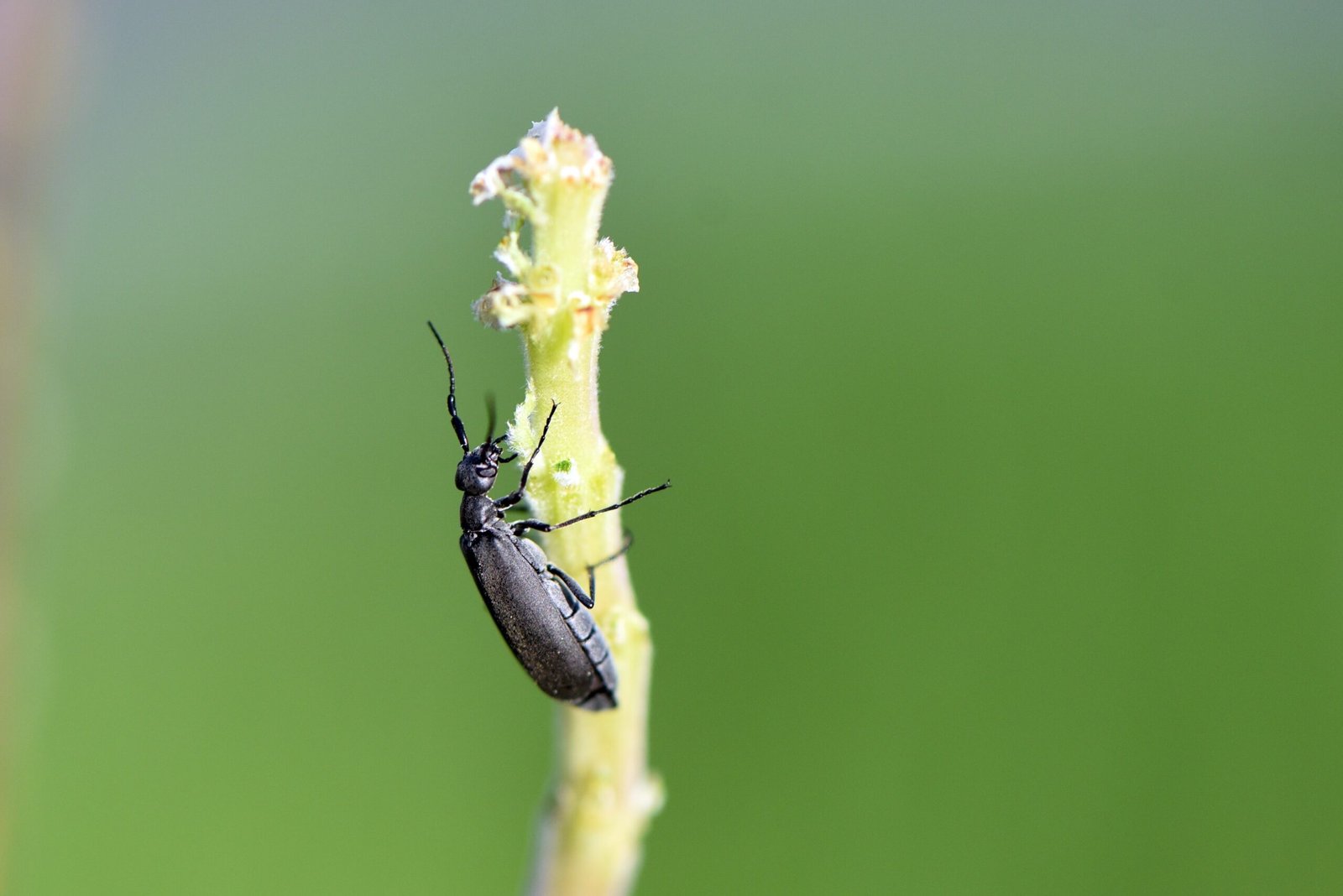
The next time you walk through a museum and marvel at the gleaming white skeletons on display, remember the tiny creatures behind the scenes who made it possible. Dermestid beetles, with their unassuming appearance and insatiable hunger, have quietly shaped our understanding of the natural world. Their partnership with science is a powerful reminder that sometimes the most extraordinary solutions come from the smallest sources. Isn’t it astonishing to think that such tiny beetles hold the key to preserving the giants of our planet?

